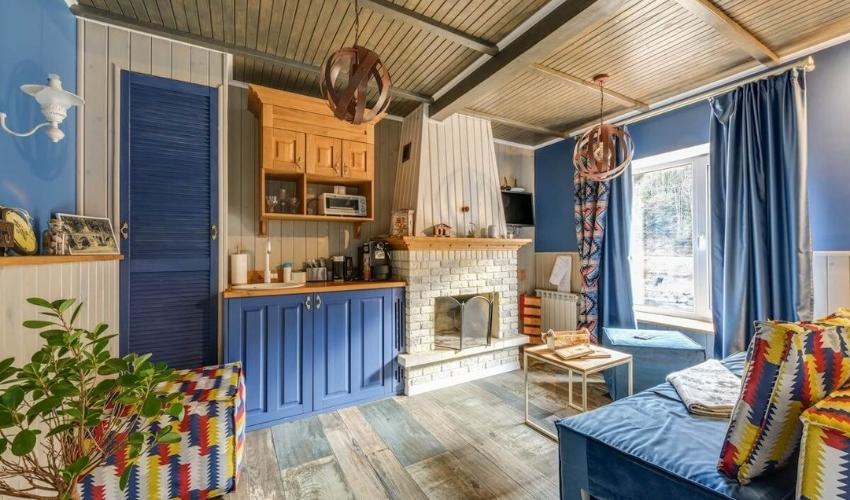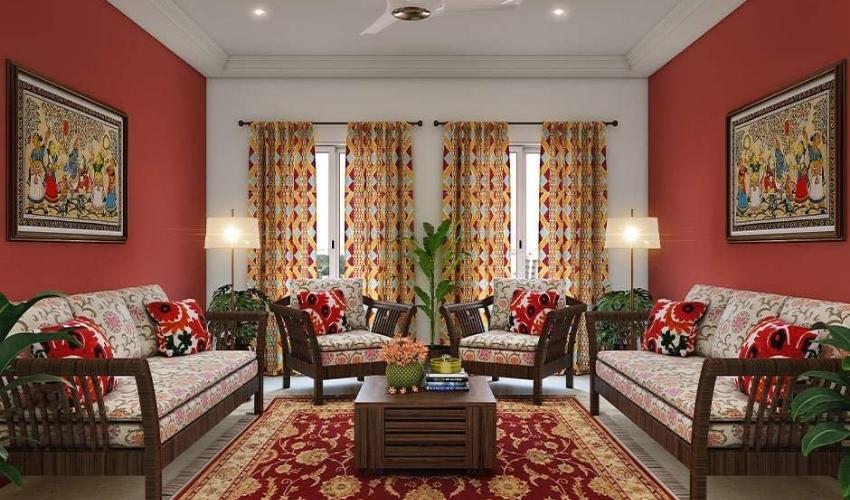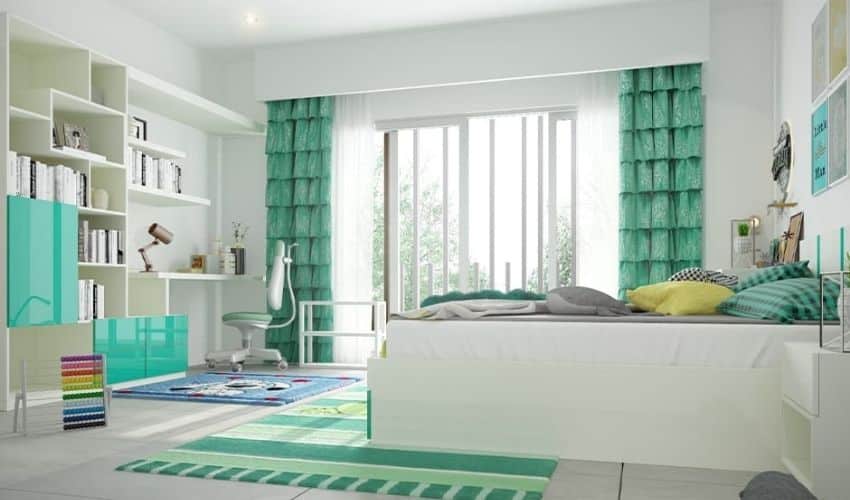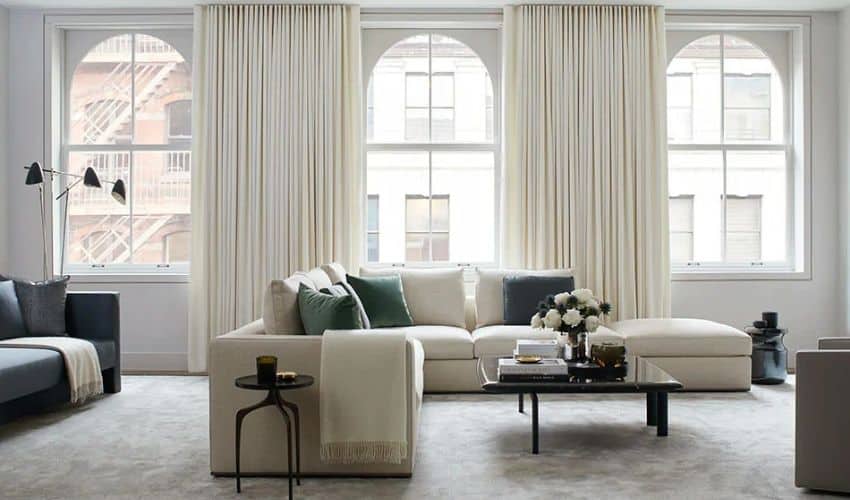In a place like Dubai, days are warm and nights surprisingly cold. The temperature usually plunges at night, so indoor locations become less comfortable. With the prevalence of tall buildings, most offices and apartments are not well-insulated. Furthermore, Dubai homes and offices are built to cool rather than keep warm. Therefore, fighting cold nights may be a challenge. One effective solution is the use of window curtains Dubai. This way, you can keep living and work areas warm.
Role of Curtains in Temperature Regulation
Window coverings aren’t merely aesthetic elements or light control tools. They also contribute to temperature regulation. They can further be made more effective by adding features that enhance insulation and overall comfort. Thermal or insulated curtains serve as a form of insulation. Keeping cold air out at night and indoor areas warm.
-
Fabric Thickness
Selecting curtains with thick fabrics effectively blocks heat. Polyester, wool blends, and brocade are perfect for blocking, keeping warm, and suppressing loss of heat.
-
Implementing Lining
Adding curtain lining is one way to cut down on heat loss. Other options include thermal lining, blackout lining, or ordinary cotton lining, which increases insulation. And keeps the heat in your home.
-
Adopting Lining
Installing curtain lining, such as thermal lining, blackout lining, or standard cotton lining. Enhances insulation and helps keep heat inside your home. Primarily, linings play an important role in providing moderate regulation.
-
Layering Strategy
The power of layering in curtains cannot be ignored. Layering takes insulation to the next level. A layered curtain also enhances the overall aesthetics of a room. In addition to regulating temperature, you can create a warmer environment by increasing heat retention.
Understanding Colour Psychology
Keep in mind that colour theory matters in your space. Whether you are matching curtains with your interior décor or aiming to preserve heat. Certain shades can make a room appear larger or smaller. While others influence warmth and comfort. Beyond style, colours create strong visual effects.
If you like, warm shades such as red, orange, and burgundy. They provide coziness. Also, they add a sense of warmth to a room. Making interiors feel more inviting. Similarly, darker tones like navy blue, charcoal, or deep brown absorb heat effectively. With this, you can preserve warmth indoors.
If dark colours are not your choice, neutral colours are a great second best. Colours like grey, taupe, and sand perform as insulators without drawing attention to themselves with ageless sophistication. They keep functionality and fashion in balance so that your curtains help in both aesthetic appeal and heat control.
Different Curtain Placement and Styling Curtains for Keeping Heat
Curtain placement also matters in affecting heat prevention. Window placement decides how much light is directly entering your space and helps in preventing heat.
- This floor-to-ceiling curtain helps in maximizing insulation.
- Other than that, mounting curtains helps in reducing heat loss also elongates the visual of your room.
- Other styling tips to warm your place include placing curtain rods 10 to 15 inches wider than the actual window. Through this, the curtain fabric overlaps the wall and closes off the sides.
- Using a tieback is for decorating purposes as well as letting natural sunlight enter your place. This is one of the efficient and effective ways to keep your palace warmer.
- Another way is to use a double rod system, in which you can place two sets of curtains, such as lighter and heavier ones for insulation.
- Pelmets and valances are another way to keep your palace. With this method, you cover the top of the curtain rod and prevent air from circulating.
Combining Curtains With Other Insulation Tricks
You can maximize heat retention with curtains, along with other home insulation methods. Employing various insulation tricks alongside curtains is capable of reducing heat loss. One of the best methods is to pair curtains with double-glazed windows. With this process, heat is trapped better.
At the same time, draft stopper curtains keep cold air from entering your area through the window bottom gaps. Although the impact cannot be substantial. It is nevertheless beneficial in making your area warmer.
Apart from this, you may also attempt layering curtains with blinds or shades. This way, you achieve both coverage and insulation for your space. For instance, the pairing of roller blinds with blackout curtains assists in retaining heat as well as providing privacy and comfort to you.
If you believe that windows are the sole cause of heat loss, that is incorrect. Floors also lose heat. To prevent this, using carpets and rugs is a good option. They not only prevent heat loss but also create a more insulated and cozy environment.
The placement of radiators or portable heaters also helps in preventing heat loss. Installing curtains behind the radiator is another simple trick that enhances insulation by reflecting heat into the room.
Weather stripping is another effective method to block air leakage. For older windows, this approach is especially useful to avoid unnecessary heat loss.
In modern homes, you can also install thermostats and energy-efficient systems. With these, you can keep your place warm while maintaining energy-friendly surroundings.
Conclusion
Hope this blog helps you keep warm with curtains. The different methods and tips we described will provide readers with practical solutions when installing curtains for the purpose of insulation.









